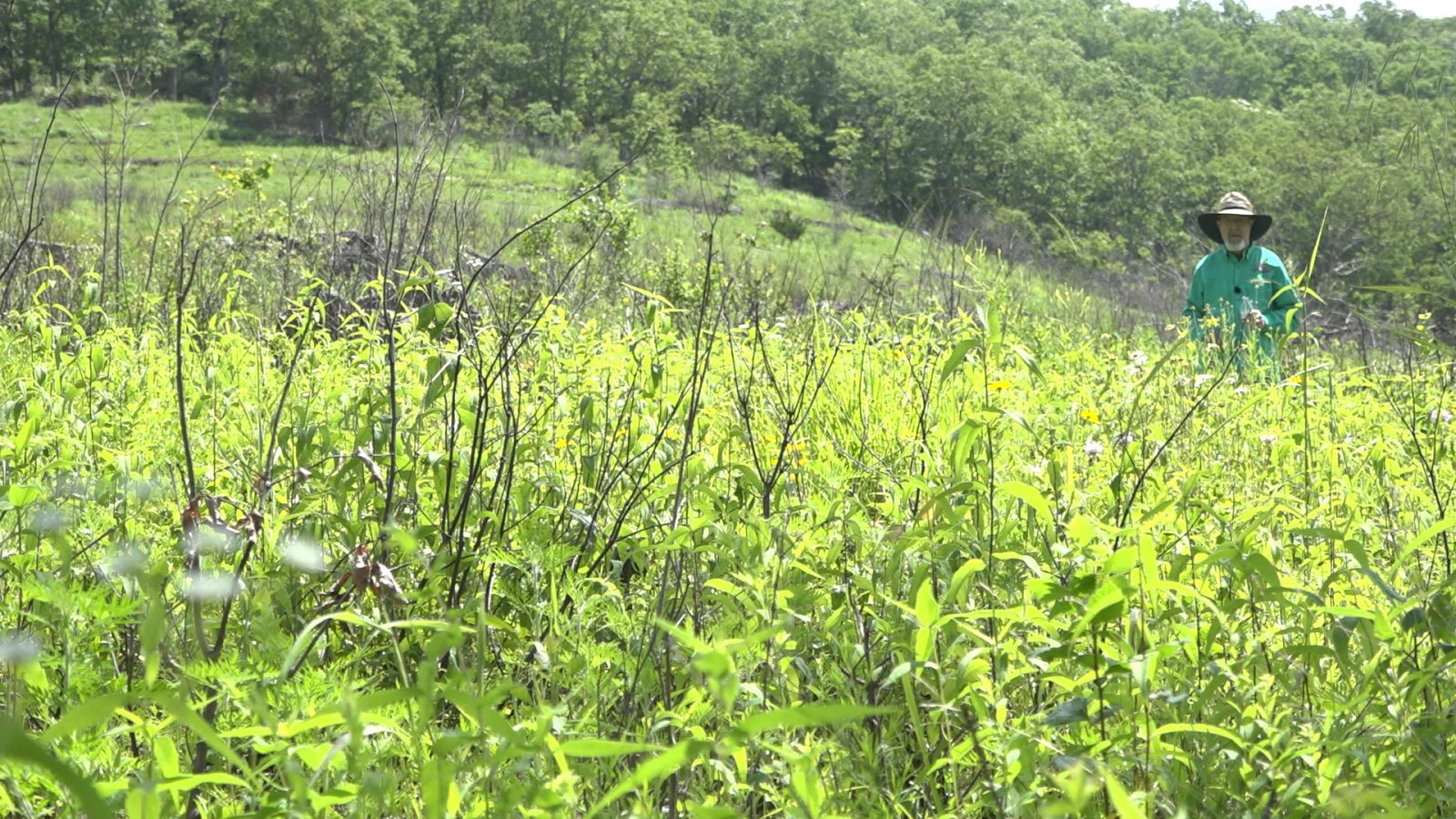Third Rule For Managing Deer And Growing Big Bucks
Filed under: Hunting Blog, Whitetail Habitat Management
Third on my list of top recommendations for managing land to yield mature, huntable whitetails is the need for cover. Cover is specifically areas where deer are likely to feel more secure compared to surrounding areas.
In the Southern portion of the U.S. cover may be shade. In colder climates it might be native grass that serves to block the wind but allow the sun’s radiant energy to reach the deer. Cover may be areas where predator populations (such as coyotes) are reduced and the deer are less threatened / stressed.
Quality cover reduces stress levels of deer. This allows them to express more of their antler growth and fawn producing potential. Cover can be just as beneficial to a deer herd as quality nutrition, depending on the sources of stress. However, they are co-dependent. One without the other could lead to the deer herd not expressing its potential.

The best cover is not only a particular type of structure (shade, native grass, etc.), but also an area of reduced predation. Hunters are predators. Those areas set aside for cover should have limited human activity to ensure that deer feel safe from human predation. By making those cover areas a sanctuary (prohibit entry by humans during most of the year) it will maximize the reduction of stress. Sanctuaries combined with desirable cover are very beneficial to deer.
To benefit the deer herd where you hunt, don’t just think about ways to attract them and make the deer easier to see, but think about managing enough of the habitat to ensure each deer has a place they feel safe. This is not a totally unselfish act by hunters. Deer that feel secure are not as alert and are easier to hunt.
Create some sanctuaries! Make that “un-huntable” buck drop some of his defenses, lower his stress, and line him up in your sights next deer season!
Growing Deer together!
Grant



